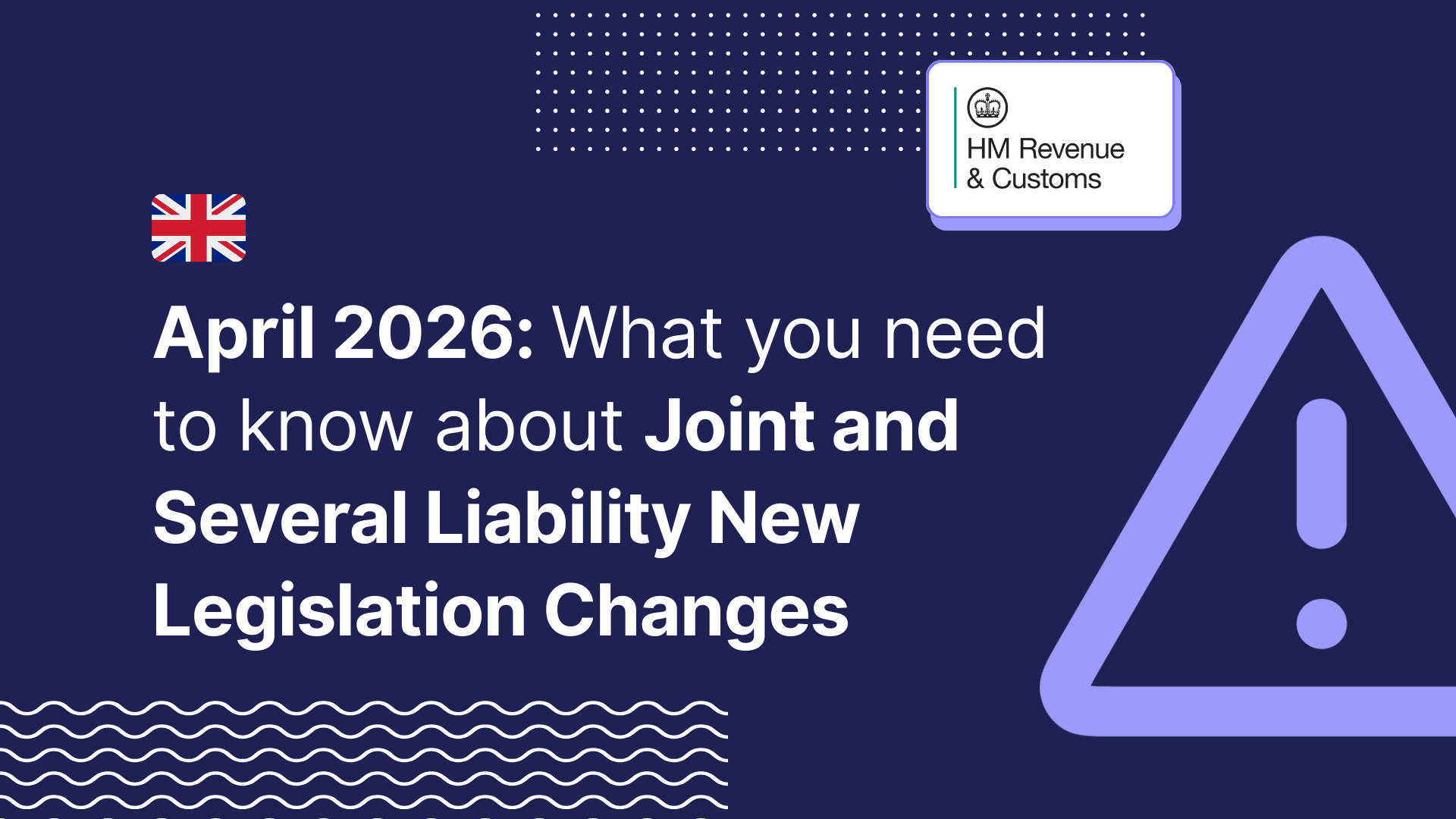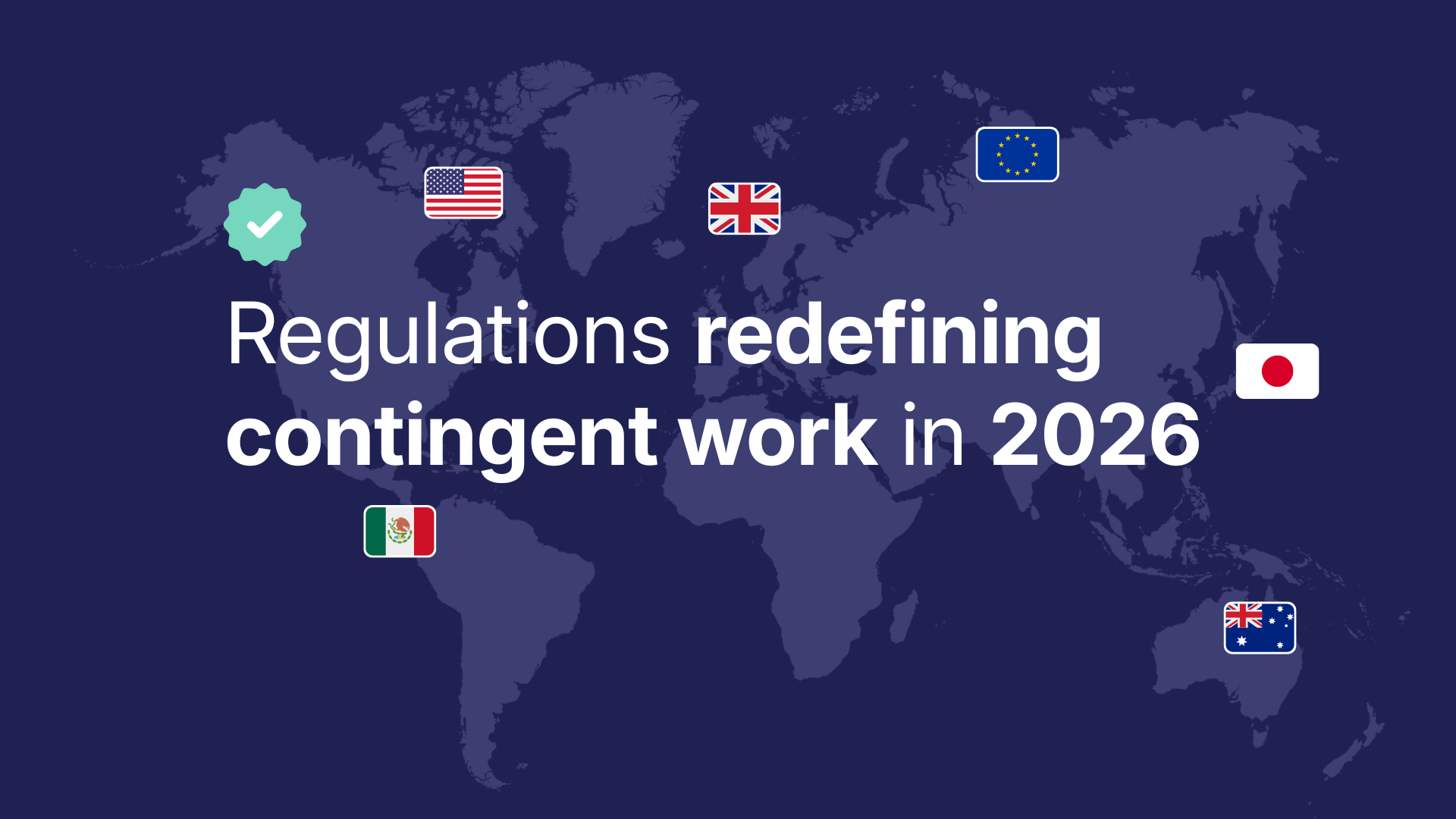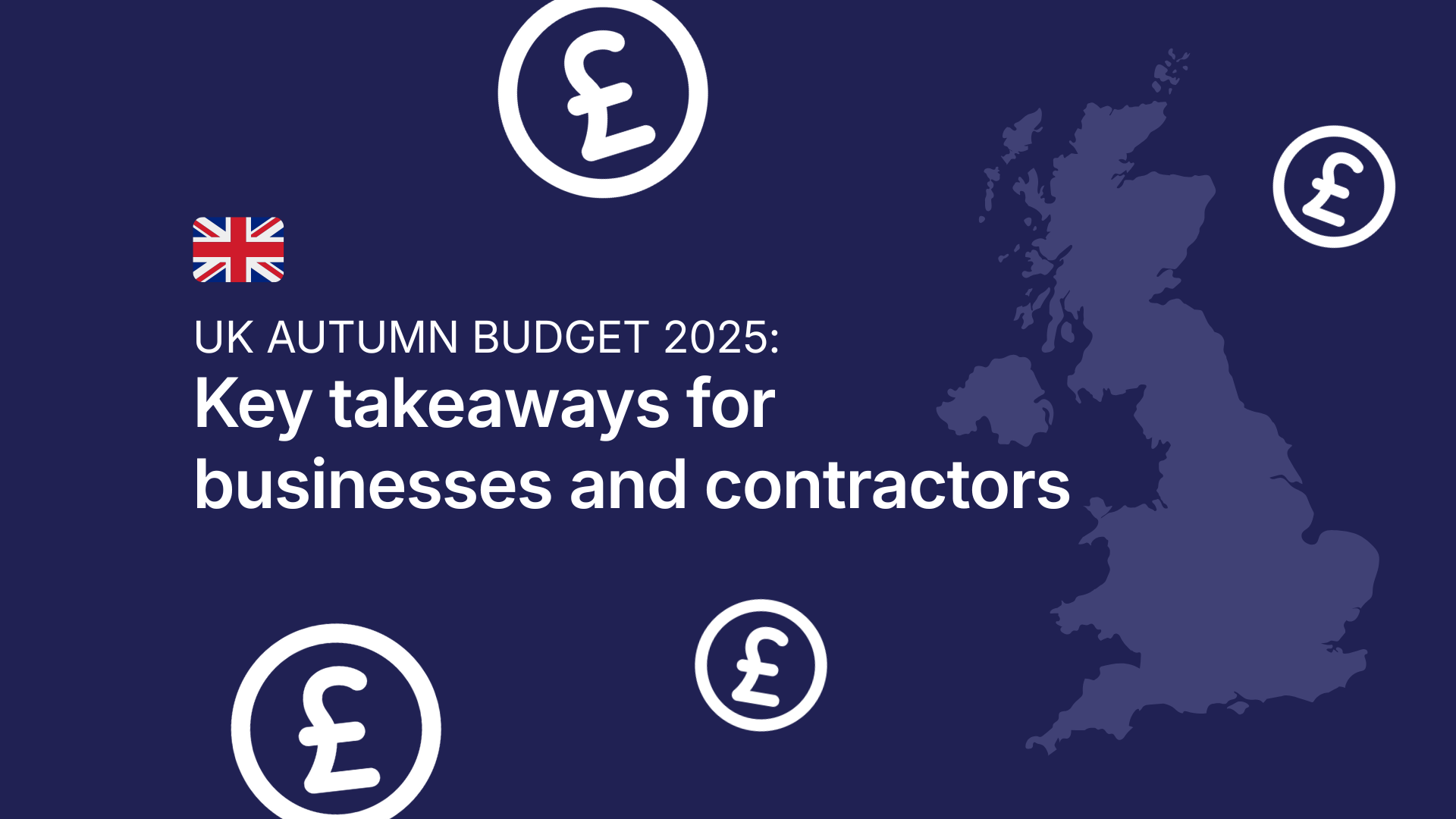In a world where the gig economy is booming, more and more people are freelancing and getting hired through freelance marketplaces. This is a boon for HR and recruitment teams who find hiring someone and building their contingent workforce difficult. You have to go through many checks and balances to ensure that you’re not hiring anyone who’s not qualified or at risk on staff.
Stakeholders are the people who are bound to check your hiring at every step. You have to be clear with them on what they can expect from the hire, their roles in screening applicants, and be proactive in asking them to check your hiring. It will take some work, but it will be worth it in the long run. Here’s how you can work with stakeholders to achieve your freelancer hiring dreams efficiently, avoiding any blockers.
7 steps to get stakeholder buy-in for a freelance management system
A freelance management system (FMS) is a software solution that helps businesses manage the entire lifecycle of their contingent workforce. In short, it’s a 100% reliable way to automate your freelancers' sourcing, onboarding, engagement, and payment processes.
Even though an FMS will help you save time and money on your freelancing activities, getting your leadership team on board with investing in one is not always easy.
Build a business case for an FMS
Before proposing the idea, you'll need to ensure you have data to back up your case. Keep track of how much time is spent on tasks like vetting freelancers, the cost of using recruiters and their fees, reviewing CVs, and doing interviews. Preparing this information can help estimate how money can be saved with an FMS. Put together a proposal outlining the benefits of the technology and what it would look like in your organisation.
Engage stakeholders early on
The people involved with your FMS should be brought into the conversation early to provide input and understand how they'll benefit from these changes. This will also help them feel like they're part of the process, so they feel invested in making it work. Getting their feedback as you put together the business case also makes sense.
Identify potential problems or risks.
Before taking steps to get buy-in for an FMS, it is essential to understand what the potential problems or risks are. This can help you identify how and when to approach the stakeholders with your plan.
There are some common concerns about using freelancers that may concern your stakeholders. These include the quality of work, security and confidentiality, the skills match, and freelancer productivity. By understanding those concerns, you can create an approach that addresses them, giving you a greater chance of success when you present your plan.
Identify stakeholder motivation
Managers are likely to be interested in getting visibility into freelancer schedules and budgets or seeing the status of freelancer projects. Finance might want to know when freelancers will be paid or see their hours for billing purposes. HR may be interested in ensuring policies and procedures are followed, and operations might want visibility into freelancer utilisation and reporting. A significant driving benefit is that all of these typical troublesome areas can all be controlled through one centralised platform versus multiple different programs or spreadsheets, which can be a significant time drain.
Define the quantifiable benefits
If managers can see freelancer availability and cost estimates before they engage a freelancer, they can choose the right person for the job. If they can see the status of ongoing freelancer projects in real-time, they can make sure projects stay on track and meet deadlines. Freelancers can also automatically enter their hours so that managers don't have to chase after this information.
Listen to feedback
One way to get buy-in is to listen to feedback from current users and then incorporate their suggestions into the new system. This will help your stakeholders see that their input is valued, leading to their support for the new system. You might also consider soliciting feedback from freelancers who have not worked with your company before so that you can ensure they are getting all of the information they need to complete their work successfully.
Build trust
Establishing trust is a crucial element to getting buy-in from stakeholders. You'll want to bring up your ideas for change as you build confidence to gauge how stakeholders feel about the new procedures and whether or not they think the changes are necessary. Establishing that sense of importance will help them understand why it's essential to use an FMS in the first place.
Benefits of involving stakeholders in the hiring process
Involving stakeholders in the hiring process provides various benefits to both the employer and the employee.
Providing expertise
Stakeholders can provide valuable insights into the job, including past experiences and understanding of what will make someone successful in the role. They can also provide a better understanding of how that particular job fits into the organisation.
Reducing and uncovering risk
When stakeholders are involved in the hiring process, they may be able to identify areas where a candidate might not be a good fit or potential problems before they occur. They could uncover any risks that come with bringing that person on board.
Increasing project success
Great hires lead to great teams, which equal great results! Involving stakeholders ensures that everyone is focused on finding a great fit, which helps ensure your projects are successful. It makes them more accountable for their roles related to new employees and more willing to ensure that your new hire is successful.
Granting project acceptance
When you involve stakeholders in the hiring process, they are more likely to feel that their opinions were considered when an offer is made. As a result, they will be more willing to accept the selected person and work with them as they transition into the job. This increases the chances they will succeed in their position and contribute significantly to your business.
Feeling more confident?
To accomplish your hiring dreams, you must first impress your stakeholders (or any other decision-makers) to give you the freedom to hire a freelancer. Remember: your decision-makers may not know the hardships the department is facing, which is why it’s essential to outline the benefits for the business as a whole and give them a good reason to approve your proposal to make your working life so much easier.







